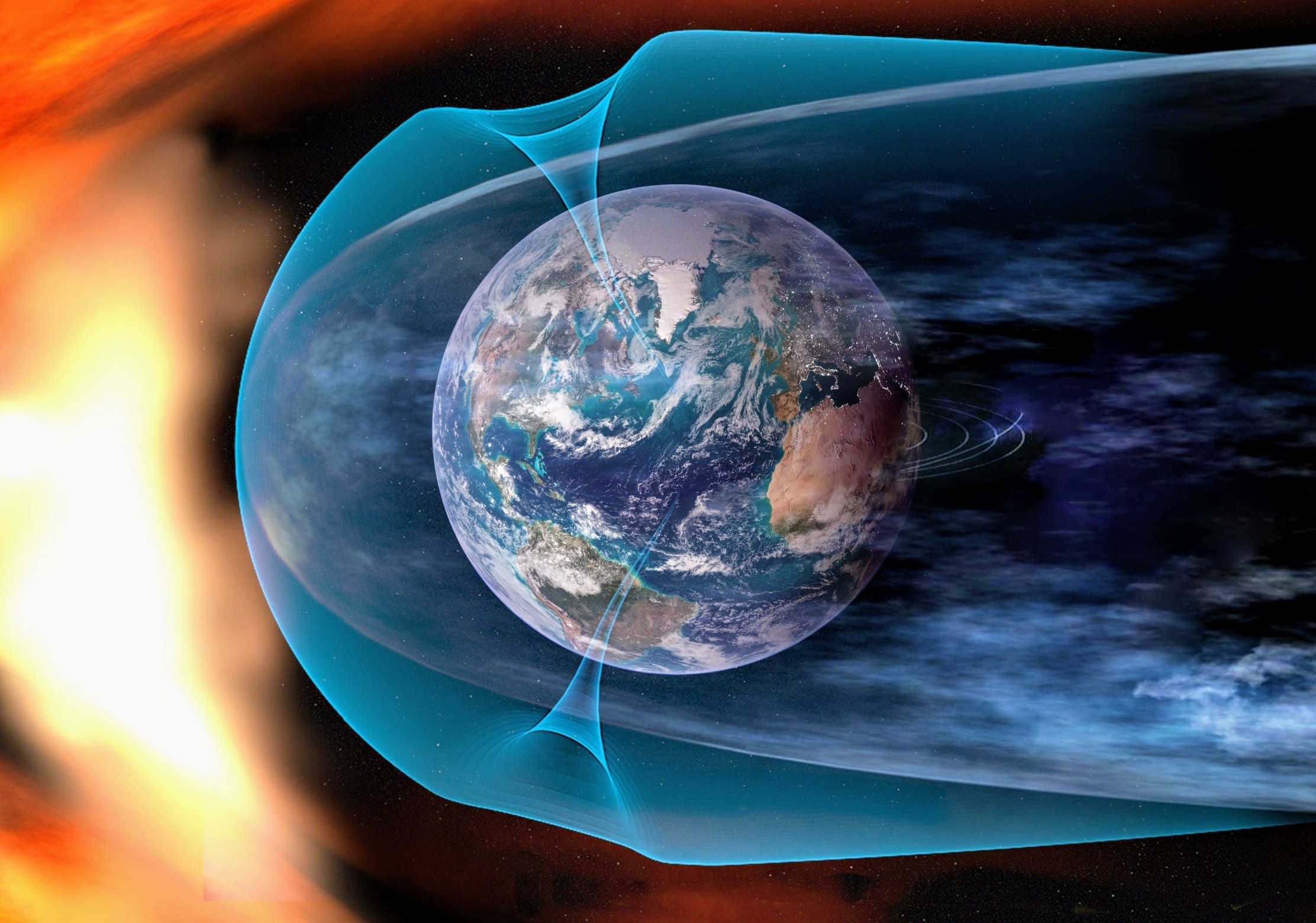Sea Level Rise Could Displace Millions Due to Climate Change, Warns New Study

A recent study has sounded the alarm on the impacts of climate change, revealing that sea level rise will force millions of people to abandon their homes in coastal regions, even if global temperatures increase by just 1.5 degrees Celsius. The research, which was published in the journal Communications Earth and Environment, emphasizes the urgency of addressing current warming levels, which could lead to a significant rise in sea levels by the end of the century and bring about dire consequences for those who inhabit coastal areas.
The study’s authors caution that even at the current level of global warming—approximately 1.2 degrees Celsius above pre-industrial averages—catastrophic sea level rise and subsequent mass migration may become inevitable. Jonathan Bamber, a glaciologist at the University of Bristol and one of the study’s co-authors, stated, “If current trends persist, you’re going to see massive land migration on scales that we’ve never witnessed since modern civilization.” These projections highlight a concerning trend where coastal dwellers may find themselves displaced due to encroaching seas.
The primary drivers of this impending crisis are the alarming rates of ice loss from major ice sheets in Greenland and Antarctica. Since the 1990s, the rate of ice loss has quadrupled, making these ice sheets the leading contributors to rising sea levels. The research team, comprising scientists from both the U.K. and the U.S., utilized data from warm periods dating back up to 3 million years, recent observations of ice loss, and climate models to forecast the future of ice sheets under various climate scenarios.
Historically, during the end of the last Ice Age roughly 15,000 years ago, the rate of sea level rise was ten times greater than what we are currently experiencing. At that time, atmospheric carbon dioxide levels were comparable to today’s levels, resulting in sea levels that were between 33 to 66 feet (10 to 20 meters) higher than they are now. This historical perspective underscores the potential for a dramatic increase in sea levels if significant action is not taken.
Even if humanity swiftly transitions away from fossil fuels to meet the Paris Agreement’s target of limiting warming to 1.5 degrees Celsius, the study’s authors warn that multiple meters of sea level rise are still likely in the future. This target, once considered a feasible means of preventing the most severe impacts of climate change, now appears increasingly unrealistic. Alarmingly, the study indicates that reaching even 1.2 degrees Celsius of warming could trigger several meters of sea level rise.
The researchers suggest that the safe threshold for global warming is likely below 1 degree Celsius, and they stress the importance of further studies to pinpoint the exact tipping point. Currently, global temperatures are on a trajectory towards a rise of up to 2.9 degrees Celsius, a scenario in which the complete collapse of the Greenland and West Antarctic ice sheets becomes nearly certain. The consequences of such a collapse are staggering, potentially resulting in a staggering 40 feet (12 meters) of sea level rise.
To put this into perspective, approximately one billion people currently reside within 32 feet of sea level, while around 230 million live within just 3 feet of it. Chris Stokes, a climate scientist from Durham University and the lead author of the study, remarked, “People need to be aware that sea level rise is likely to accelerate to rates that are very difficult to adapt to—rates of one centimeter per year are not out of the question within the lifetime of our young people.”
Last year, the average global temperature reached 1.5 degrees Celsius for the first time, although it has not yet stabilized at this level. However, there remains a critical window of opportunity to address these challenges. The authors of the study advocate for immediate and robust climate action to mitigate the worst effects of sea level rise, emphasizing that every fraction of a degree matters in protecting vulnerable communities.
Stokes concluded, “We are not necessarily saying that all is lost at 1.5 degrees C, but we are saying that every fraction of a degree really matters for the ice sheets—and the sooner we can halt the warming, the better, because this makes it far easier to return to safer levels further down the line.”





























